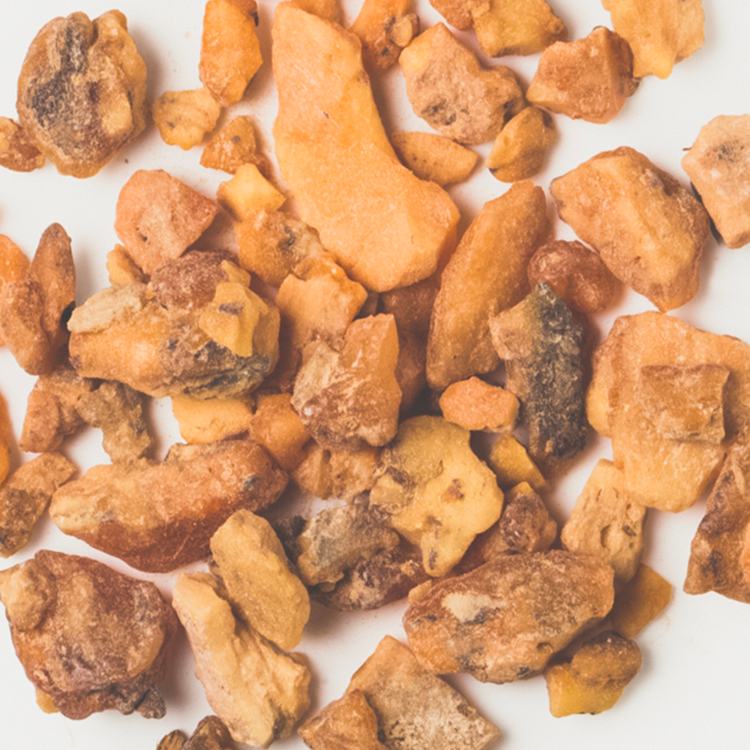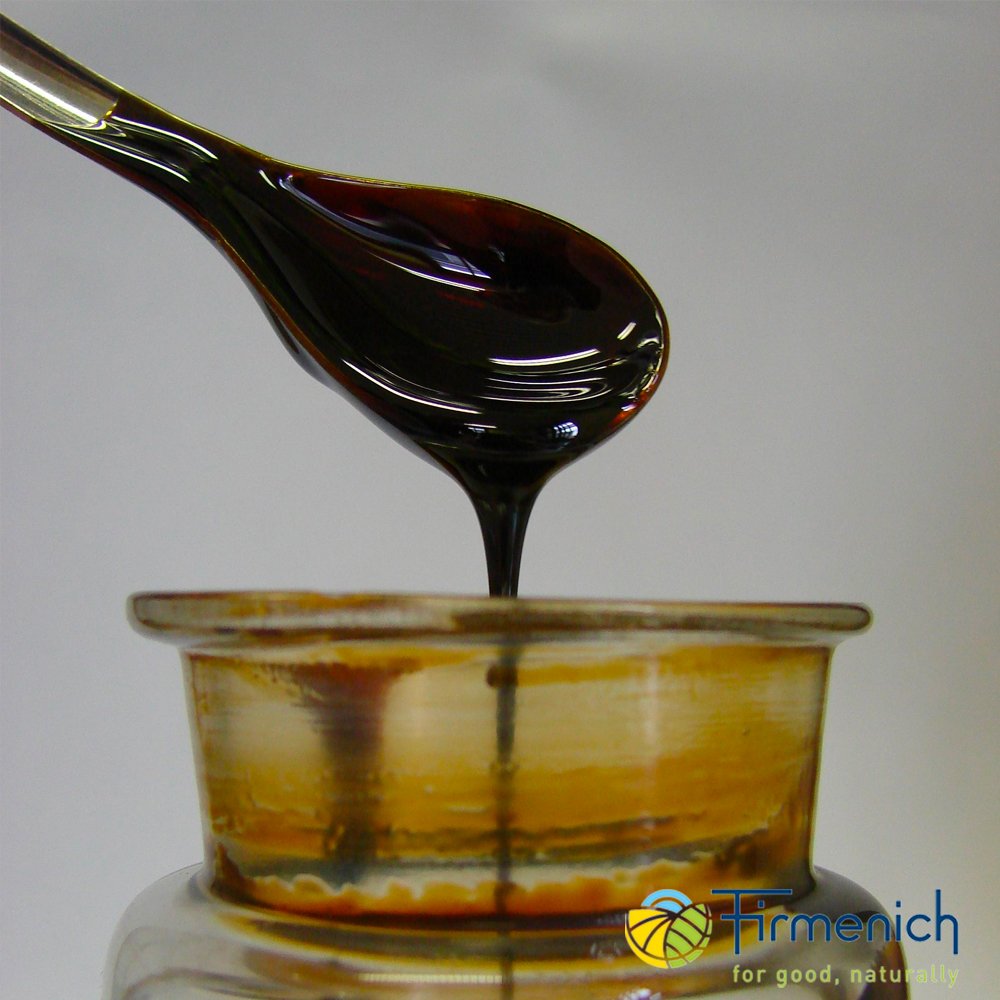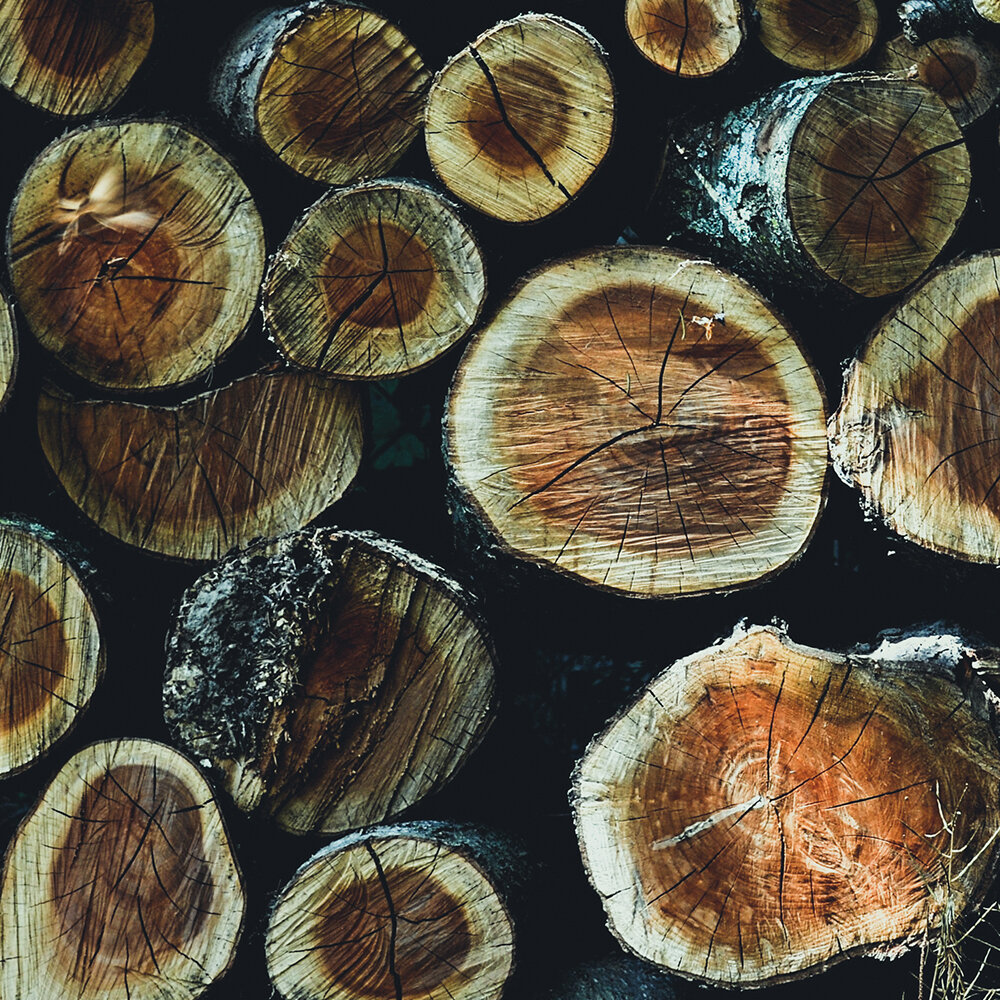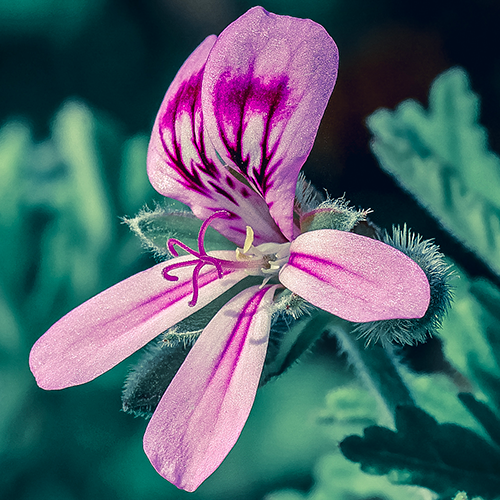 Image 1 of 2
Image 1 of 2

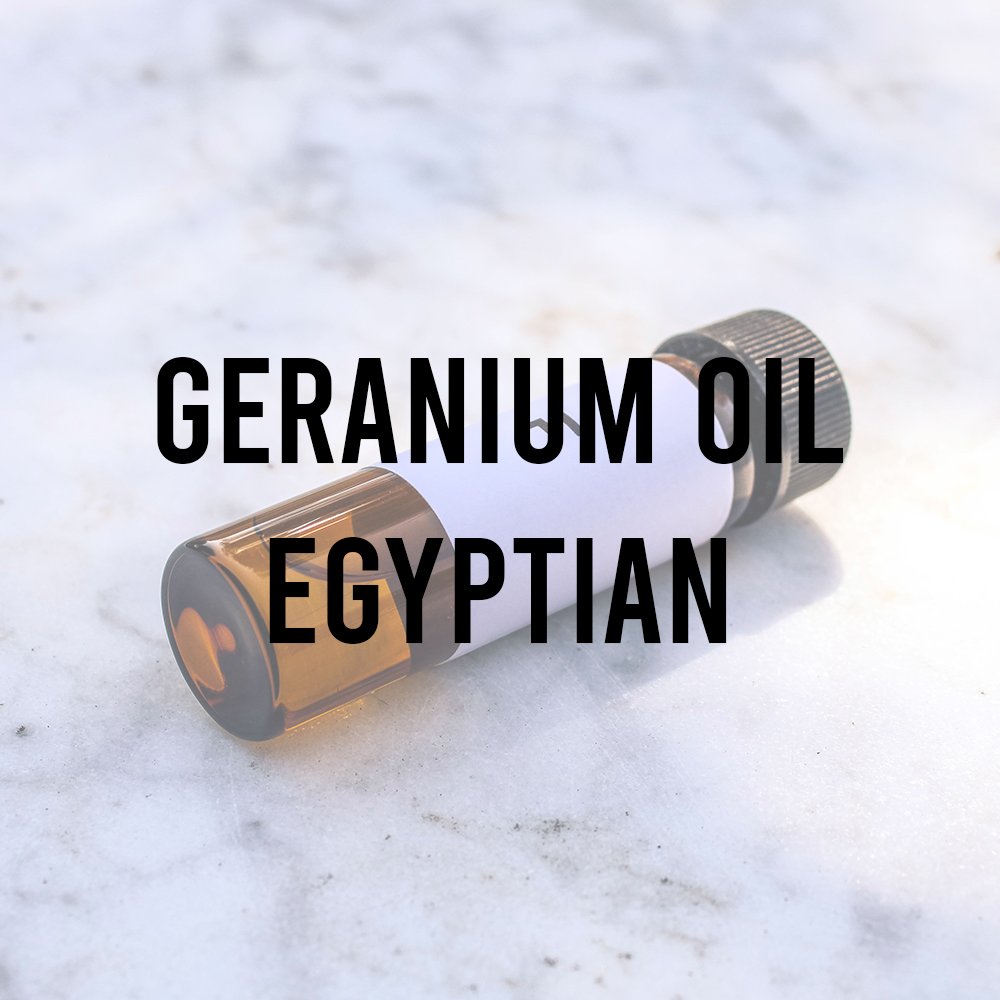 Image 2 of 2
Image 2 of 2



Geranium Oil (Egyptian)
Premium Natural Ingredient for Perfumery
Geranium Oil Egyptian, obtained from the leaves of Pelargonium graveolens, is a medium-strength natural floral material with a rosy, minty, and fruity-floral scent profile. Sourced predominantly from Egypt, this essential oil is produced via steam distillation of sun-dried leaves, preserving a unique balance of geraniol, citronellol, rose oxide, and minty ketones. Valued for its fresh yet rounded floral character, it is especially suited for heart notes in fine fragrances—adding complexity, freshness, and rosy brightness to chypres, fougères, and floral accords.
Premium Natural Ingredient for Perfumery
Geranium Oil Egyptian, obtained from the leaves of Pelargonium graveolens, is a medium-strength natural floral material with a rosy, minty, and fruity-floral scent profile. Sourced predominantly from Egypt, this essential oil is produced via steam distillation of sun-dried leaves, preserving a unique balance of geraniol, citronellol, rose oxide, and minty ketones. Valued for its fresh yet rounded floral character, it is especially suited for heart notes in fine fragrances—adding complexity, freshness, and rosy brightness to chypres, fougères, and floral accords.
Premium Natural Ingredient for Perfumery
Geranium Oil Egyptian, obtained from the leaves of Pelargonium graveolens, is a medium-strength natural floral material with a rosy, minty, and fruity-floral scent profile. Sourced predominantly from Egypt, this essential oil is produced via steam distillation of sun-dried leaves, preserving a unique balance of geraniol, citronellol, rose oxide, and minty ketones. Valued for its fresh yet rounded floral character, it is especially suited for heart notes in fine fragrances—adding complexity, freshness, and rosy brightness to chypres, fougères, and floral accords.
Natural Ingredient Overview
🏭 Origin — Egypt; also cultivated in China and Réunion
🔎 Botanical Name — Pelargonium graveolens
🧪 Synonyms — Egyptian Geranium Oil, Rose Geranium Oil
🧬 Chemical Formula — Complex natural mixture (major: geraniol, citronellol, rose oxide)
📂 CAS N° — Not specified (varies by batch; often 8000-46-2 for generic Pelargonium oil)
📘 FEMA — Not applicable for this variant
⚖️ MW — Not applicable (natural mixture)
📝 Odor type — Floral / Rosy
📈 Odor Strength — Medium
👃🏼 Odor Profile — Fresh, fruity, rosy-floral (geraniol & citronellol), minty (menthone + iso menthone), citronella-like, lychee-fruity, sparkling, lightly peppery
⚗️ Uses — Fine perfumery only; suitable for floral, chypre, and fougère bases
🧴 Appearance — Yellow to light-yellow liquid
💧 Extraction Method — Steam distillation of sun-dried leaves
🌿 Yield — Approx. 0.1–0.2% of plant material
What is Geranium Oil Egyptian?
Geranium Oil Egyptian is a natural essential oil obtained from Pelargonium graveolens, widely cultivated in Egypt, with secondary production in China and Réunion Island. Unlike synthetically reconstructed rose materials, this oil offers a complex, dynamic profile due to its high content of natural terpenic alcohols and ketones.
Steam distillation of dried leaves yields an oil rich in:
Geraniol and Citronellol – main rosy-floral components
Rose Oxide – adds brightness and lift
Menthone / Iso Menthone – minty and green nuances
Minor notes: citronella, lychee, peppery sparkle
Historically used in perfumery since the 19th century, Geranium Oil Egyptian continues to be prized for its natural expression of the rose facet, and its versatility in both traditional and modern floral architecture.
Olfactory Profile and Perfumery Applications
This oil delivers a refined, floral-rosy aroma with additional:
Minty-freshness (from menthone)
Fruity lychee notes
Citronella-like crispness
Subtle peppery accents
Ideal placement:
Middle note of the fragrance pyramid
Often layered with:
Rose (damascenone, geraniol, rose oxide)
Ylang-ylang (adds volume and sweetness)
Oakmoss (in chypres)
Lavender or Clary Sage (in fougères)
Synergies & Technical Considerations
Blends especially well with Citronellol, Rose Oxide, and Linalool for elegant floral accords
In modern natural perfumery, it is used as a cost-effective floral booster
Its fresh character can lighten heavier floral or spicy compositions without overpowering them
Industrial and Technical Uses
While Geranium Oil Egyptian is almost exclusively reserved for fine perfumery, it is also valued in:
Aromatherapy (mood-enhancing, energizing profiles)
Historical apothecary and traditional medicine (minor antimicrobial use)
Niche cosmetic fragrance blends
Not generally used in flavor applications due to minty and citronella-like side notes, and no FEMA GRAS status for food use.
Regulatory and Safety Overview
IFRA: Regulated due to content of citronellol, geraniol, and menthone—common allergens. Follow category-specific usage limits
EU Allergen Listing: Contains several declarable fragrance allergens (geraniol, citronellol, linalool)
FEMA GRAS: Not listed for ingestion
ECHA: Natural substance; individual components classified (geraniol: irritant/sensitizer)
Toxicology: May cause skin sensitization in leave-on applications; requires labeling per EU regulation
Stability: Good shelf stability if stored in cool, light-protected containers; oxidation may increase allergenicity
✅ Recommended for use within controlled concentrations, especially in skin-contact products.
Sources
A Fragrant Introduction to Terpenoid Chemistry – Charles S. Sell
Perfume and Flavor Materials – Kurt Bauer & Dorothea Garbe
Semmler, F.W. – Die ätherischen Öle
Fulvio Ciccolo – Scentspiracy Technical Archive
TGSC Ingredient System – Geranium Oil Egyptian
